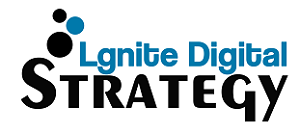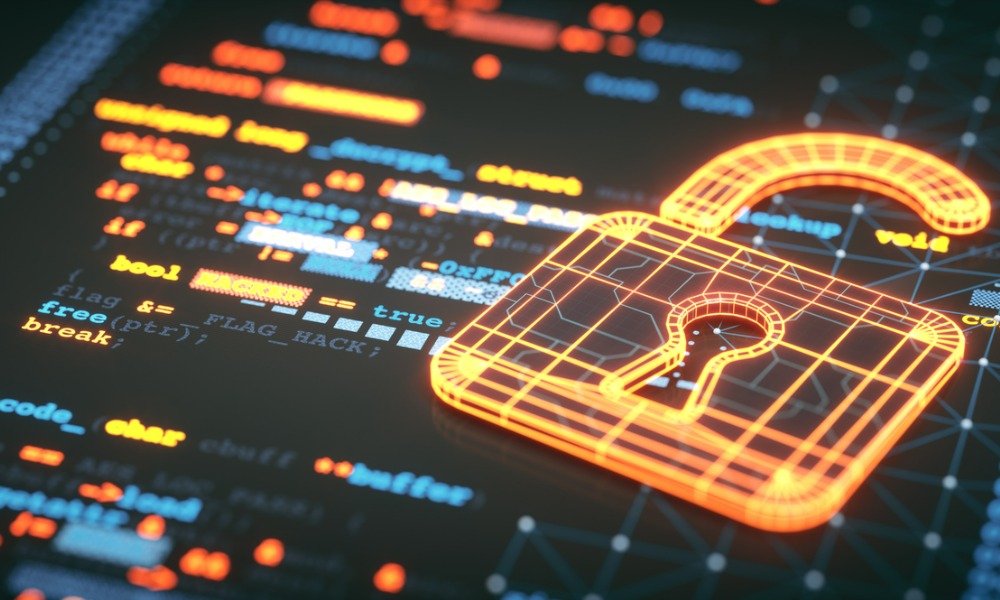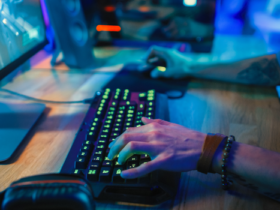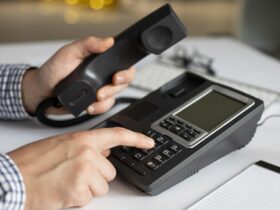Taking notes privately will assist you in staying organized, being creative, and protecting sensitive information. With these techniques, private note-taking helps boost your productivity and give you peace of mind. Dedicate a physical notebook or journal specifically for private notes and sketches. Choose one that is locked or secured when not in use. Having a separate space just for confidential info helps keep your private thoughts organized and less likely to be seen by others. Don’t forget to store your private notebook in a secure location like a locked drawer or safe when not using it.
Encrypt sensitive digital notes
For digital notes containing sensitive data, use an app able to encrypt and password-protect individual notes or notebooks. Secure note-taking apps like Privnote encrypt your data locally before it ever touches the cloud. It prevents your private data from being accessed by anyone other than you, even if they were to hack the cloud storage. Develop your shorthand code for taking notes quickly and privately. Shorthand is a basic encryption method, so only you understand your coded notes. You use symbols, abbreviations, acronyms, or a combination. Keep practicing your shorthand system regularly so you don’t forget it. Keep a separate key to decode your shorthand if needed.
Steganography apps
Steganography techniques conceal messages within images or text. Apps like Privnote let you hide text within an image. The message is only visible when the recipient enters the password. It provides a way to share private notes securely. Always be cautious about sharing notes containing private data. For extremely privatemessage notes, use “burn after reading” ephemeral messaging apps like Privnote and Confide that automatically delete messages after reading.
Use a private messenger
Private messenger apps provide encrypted messaging to ensure privacy. You safely take notes or make voice memos within a private chat thread. Just be aware that, unlike ephemeral apps, your conversation history remains visible unless manually deleted. Sometimes going low-tech is the simplest path to privacy. Jotting notes on a sticky note or index card you physically destroy after use reduces your digital footprint. Just be careful not to misplace them. Also, consider a whiteboard you erase when sensitive info is no longer needed.
Choose secure cloud storage
Avoid public cloud services without strong encryption and access controls. Also, turn on two-factor authentication for an extra layer of security on your cloud accounts. Be extra cautious when taking private notes on shared or public computers. Always lock your screen when stepping away. Avoid exposing screen content to shoulder surfers in coffee shops or coworking spaces. Angle your screen away from prying eyes or use a privacy filter.
Long passwords
Use strong, lengthy passwords on your devices and accounts containing private info. Don’t use common dictionary words. Ensure complex passwords are generated and stored securely with password managers. Use two-factor authentication when offered. Change passwords periodically. From there, tweak techniques based on the sensitivity of your notes. With the precautions, private note-taking lets you organize your thoughts while reducing risk – leading to greater creativity and productivity.





